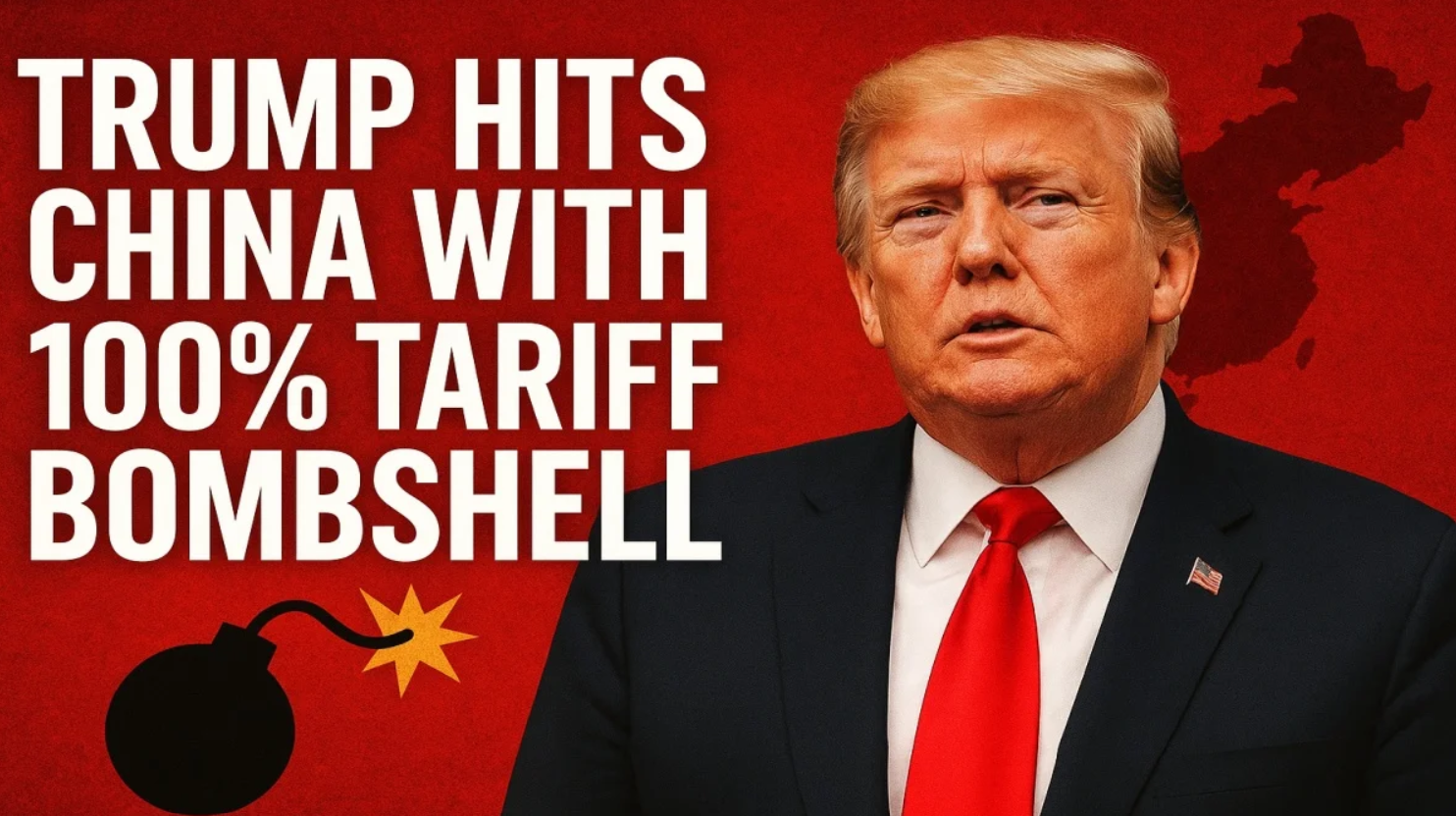As tensions mount between the United States and Russia over the ongoing conflict in Ukraine, global energy markets are bracing for volatility. Experts across the oil and energy sector warn that Brent crude prices could climb to as high as 80 dollars per barrel in the coming months, with even steeper increases possible if trade sanctions on Russian oil intensify.

Currently trading around 72 dollars, Brent crude is forecasted to reach up to 76 dollars in the short term and could end the year near the 80 to 82 dollar range. West Texas Intermediate crude is also seeing a similar upward trend, with short-term targets around 73 dollars and potential to hit 79 dollars by the end of 2025.
The sharp price movement is being driven by geopolitical risk. US President Donald Trump has given Russia a 10 to 12 day deadline to end its war in Ukraine. If Russia fails to comply, the US administration has indicated it will impose 100 percent secondary tariffs on nations that continue to engage in trade with Moscow.
This policy has rattled energy analysts. Countries heavily dependent on Russian crude may soon face an economic dilemma — either continue to purchase discounted oil and pay the price in the form of heavy US sanctions, or turn to more expensive alternatives.
Energy expert NS Ramaswamy of Ventura commented that the short-term support level for Brent is around 69 dollars, but if further sanctions are rolled out, prices will likely breach this range and accelerate toward the upper 70s.
Narendra Taneja, a senior energy analyst, emphasized that the world oil supply system heavily relies on Russia, which exports nearly 5 million barrels of crude per day. If that supply is disrupted, global prices could quickly shoot up to 100 or even 120 dollars per barrel.

For India, which sources crude from over 40 countries, the threat is not one of scarcity but affordability. Indian refineries can find alternative suppliers, but the cost of doing so may impact consumers in the form of rising fuel prices.
Analysts also pointed to broader structural issues. Increasing US oil production is not a quick fix. Scaling output requires significant capital, time, and infrastructure investment. The mismatch between global demand and restricted supply could stretch well into 2026.
Although the recent trade agreement between the United States and the European Union has provided some temporary stability to markets, tensions between major powers are still high.
A sustained disruption to Russian oil could push the global oil market into a deficit. Even if OPEC and Saudi Arabia decide to ramp up production to fill the gap, it would take months for that supply to enter the system. In the meantime, markets remain exposed to rising prices and increased volatility.
US inventory levels, currency fluctuations, and upcoming decisions on interest rates are also being watched closely by investors. While a stronger dollar may provide some resistance to oil price increases, the overarching concern is still the political situation and how it unfolds over the next few weeks.
If the Russian oil ban becomes a reality, it will not only affect producers and refiners but also have ripple effects on transportation, manufacturing, and consumer spending across economies.
To stay updated on oil price movements, energy markets, and how global conflicts affect your wallet, follow You Finance on Instagram and Facebook.















